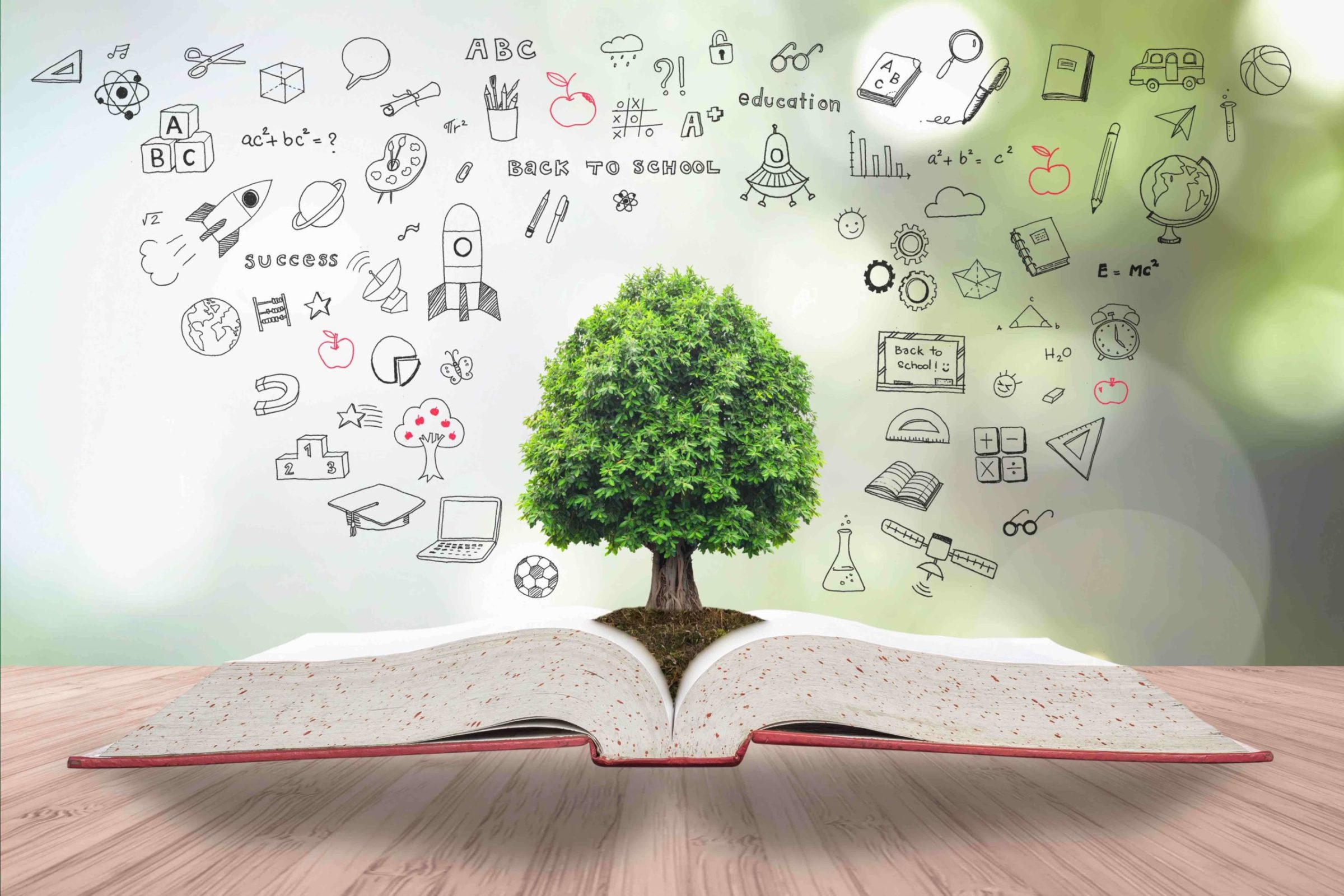In today’s interconnected globe, pupil areas play an essential function fit scholastic and individual experiences.

These neighborhoods are not just collections of individuals however are vibrant ecological communities that foster growth, discovering, and cooperation amongst trainees. They vary widely in form and feature, from campus-based groups to worldwide on the internet forums, each offering unique opportunities for interaction and advancement.
Whether you are tipping onto an university campus for the very first time or participating in digital understanding settings, understanding the framework and advantages of trainee neighborhoods can greatly improve your educational journey. This short article looks into the essence of student communities, discovering exactly how they work, the benefits they provide, and the ways in which they can be leveraged for personal and scholastic success.
Comprehending Student Areas
Pupil areas are foundational to the scholastic experience, functioning as both social and instructional support group. At their core, these communities are groups formed naturally by trainees that share common interests, objectives, or disciplines. They can be casual, such as study hall, or formal, like student unions and academic support clubs.
These communities are characterized by a common identification and the collective quest of understanding, abilities, and experiences. They work as systems for students to connect, team up, and contribute to each other’s growth, prolonging past scholastic boundaries to influence personal growth and neighborhood engagement.

Fundamentally, pupil neighborhoods are microcosms of bigger social frameworks, where management abilities are sharpened, concepts are exchanged, and lifelong relationships are developed. The interactions within these neighborhoods show a diverse blend of cultural, intellectual, and social characteristics.
- Networking Opportunities: Pupil communities supply a network of peers and advisors who can provide support and advice.
- Skill Advancement: Engaging in neighborhood tasks assists trainees develop vital skills such as communication, leadership, and teamwork.
- Source Gain access to: These areas often give access to academic sources, consisting of research study materials and skilled suggestions.
- Social Engagement: They use a system for social interaction, alleviating the shift right into brand-new scholastic environments and helping to battle isolation.
Via these different functions, student neighborhoods come to be integral to the alternative development of pupils, laying a structure for future specialist and personal success.
The Benefits of Engaging in Pupil Neighborhoods
The benefits of participating in pupil neighborhoods are multifaceted, influencing both academic and individual balls.

On a scholastic level, these areas encourage joint knowing, enabling students to gain from diverse point of views and expertise. Sharing understanding and resources within a community can lead to extra effective knowing results and enhanced scholastic efficiency.
Furthermore, trainee communities supply a system for individual growth and self-discovery. By engaging with peers from different histories and disciplines, trainees acquire a broader worldview, boosting their social proficiency and compassion. This direct exposure to diverse perspectives is very useful in creating important thinking and problem-solving skills.
Additionally, energetic participation in community activities can enhance trainees’ self-confidence and self-worth. Handling management functions or joining discussions and events fosters a sense of accomplishment and belonging, which is critical for overall health and motivation.
Types of Pupil Areas
Pupil neighborhoods been available in various kinds, each dealing with various rate of interests and goals. These can be extensively categorized into scholastic, social, entertainment, and specialist areas, among others. Each type gives unique platforms and possibilities for student involvement.
- Academic Communities: These are usually focused around certain fields of study or scholastic passions. Instances include study groups, honors cultures, and departmental clubs.
- Social Communities: These teams focus on advertising social understanding and variety, usually arranging events and activities to commemorate various practices.
- Recreational Areas: These include sporting activities groups, leisure clubs, and hobby-based groups that offer a break from academic roughness and promote physical and mental wellness.
- Expert Neighborhoods: These are focused on occupation development, providing networking possibilities, workshops, and mentorship programs to prepare trainees for the professional world.
By recognizing and engaging with the ideal communities, trainees can tailor their college experiences to align with their rate of interests and job ambitions, leading the way for a meeting academic trip.
Building a Growing Pupil Area
Developing and maintaining a growing trainee neighborhood needs effort and collaboration from both pupils and educational institutions. It starts with fostering an inclusive environment where all students feel welcomed and valued no matter their backgrounds.
Organizations can support this by providing sources and facilities that motivate interaction and engagement. This consists of producing physical rooms like student unions and on the internet platforms that assist in communication and partnership. In addition, arranging events, workshops, and workshops can even more enhance engagement, providing students with chances to connect and gain from each various other.
Management and Trainee Involvement
Efficient leadership is vital in supporting a successful trainee area. Leadership functions within these neighborhoods provide students an opportunity to develop and demonstrate their business and social abilities. Trainees who think these duties contribute significantly to setting the tone and instructions of their neighborhoods, affecting their peers positively.
Motivating leadership and energetic participation amongst pupils not just strengthens the area but likewise empowers people, preparing them for future challenges. By cultivating a society of collaboration and support, student neighborhoods can flourish, leaving a long-term influence on their members and the academic atmosphere in its entirety.